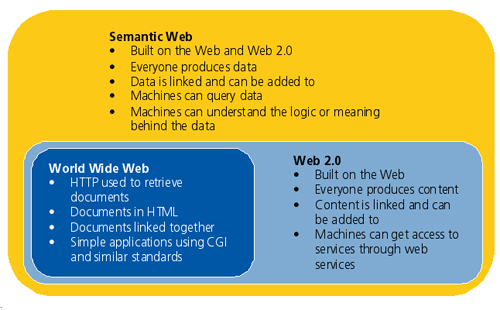The Emerging Semantic Web: Ideas for Insurers
Abstract
The Web is evolving at an extraordinary rate, and each evolution has brought new possibilities to insurers. The semantic web is no different. The semantic web and surrounding technologies offer insurers not only a new tool to cut costs but also the opportunity to bring real additional value to their customers.
As insurers face increasingly complex integration issues and seek to leverage both internal and external data, the semantic web will come to play a crucial role. In a new report, The Emerging Semantic Web: Ideas for Insurers, Celent provides an overview of the semantic web and offers insights into areas where insurers will find value in the technology. The report introduces the technologies surrounding "linked data" and applies them to real insurance problems.

"The semantic web is not just an academic vision. Through linked data, it is real, is implemented, and has practical applications for insurers," says Craig Beattie, Analyst with Celent’s Insurance Group and author of the report.
This report aims to provide an overview of the semantic web and its use by businesses, and reviews current trends and routes to adoption. The report offers some guidance in how these technologies can be adopted by insurers and vendors alike. It also looks at the opportunities and inhibitors to adoption surrounding use of the semantic web both for customers and insurers.

